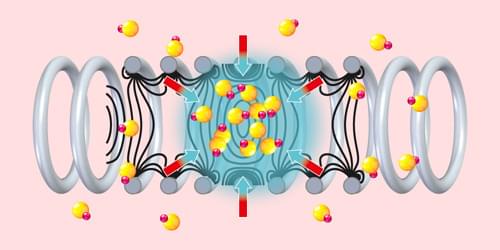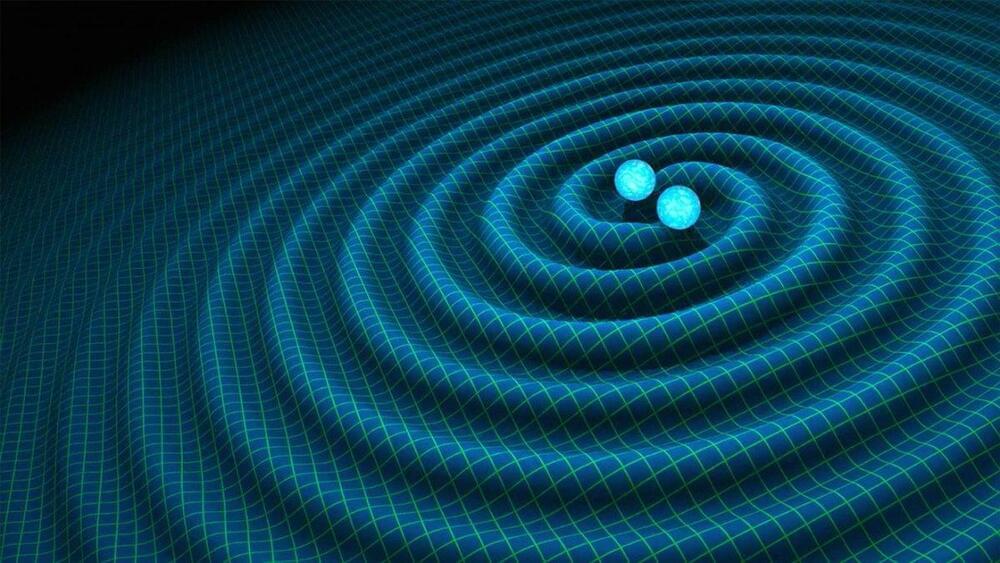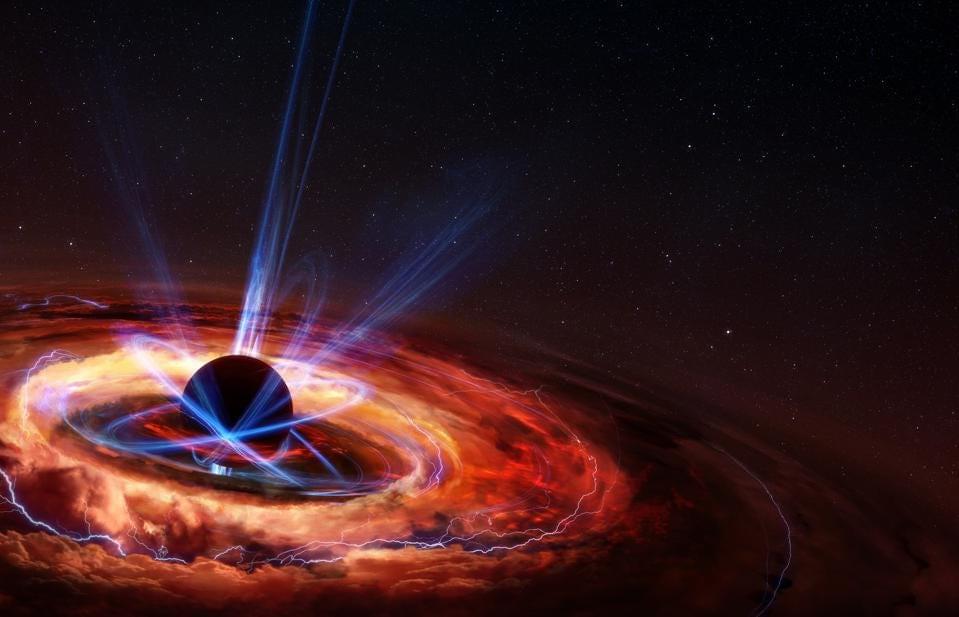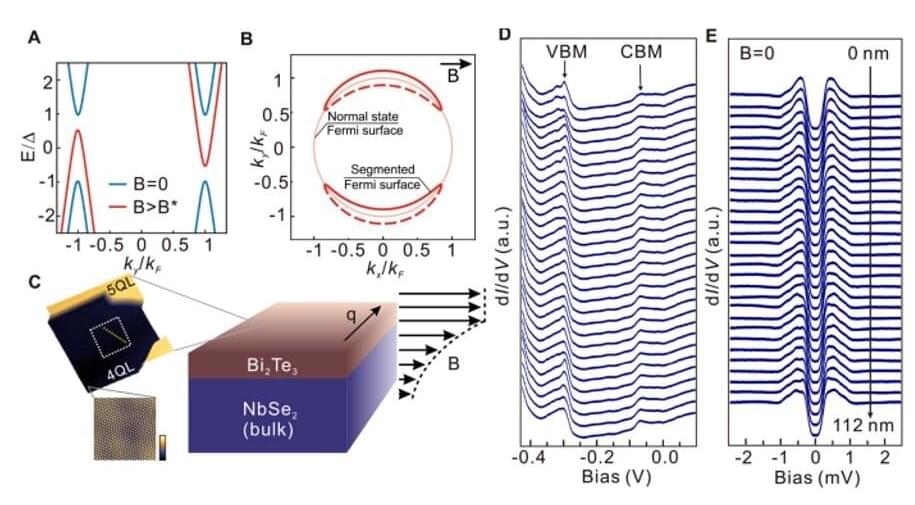Trap based on electric fields alone boosts the search for a non-zero electron electric dipole moment and other phenomena beyond the Standard Model.




Scientists have released the largest catalog of gravitational wave detections to date, shedding new light on interactions between the most massive objects in the universe, black holes and neutron stars.
The catalog was compiled by three groundbreaking detectors: the two Laser Interferometer Gravitational-Wave Observatory (LIGO) detectors located in Hanford, Washington, and Livingston, Louisiana, and the European Virgo gravitational wave antenna in Pisa, Italy.

Of the cosmos’ four fundamental forces, gravity is the one that grasps us even before we exit the womb. From our first few minutes of life until we lose the fight to lift our heads from death’s pillow, this weakest of nature’s fundamental forces continues to elude researchers.
In the last few years, however, gravitational wave astronomy has made great strides in detecting gravitational radiation rippling through spacetime at the speed of light.
Einstein first predicted that any accelerating mass should emit gravitational radiation in the form of waves. Gravitational waves were first indirectly detected almost 20 years ago. But it was only recently, in 2,015 that the ground-based LIGO (Laser Interferometer Gravitational-wave Observatory) detected waves from two merging stellar mass black holes over a billion light years distant in the general direction of the Southern Hemisphere’s Magellanic Clouds.

In 2,015 researchers at the Laser Interferometer Gravitational-Wave Observatory (LIGO) captured the first direct evidence of gravitational waves, more than a century after the phenomenon was first proposed.
Gravitational-wave events have only been detectable for a few years, and a new study shows the remarkable diversity of waves caused by black hole mergers.
A team of international scientists, including researchers from The Australian National University (ANU), have unveiled the largest number of gravitational waves ever detected.
The discoveries will help solve some of the most complex mysteries of the Universe, including the building blocks of matter and the workings of space and time.
The global team’s study, published on ArXiv, made 35 new detections of gravitational waves caused by pairs of black holes merging or neutron stars and black holes smashing together, using the LIGO and Virgo observatories between November 2019 and March 2020.

In a new report now published in Science, primary authors Zhen Zhu, Michal Papaj, and an international research team in physics, materials science, and condensed matter at the Jiao Tong University, China, Massachusetts Institute of Technology, U.S., and the Chinese Academy of Sciences discovered the Fermi surface of supercurrent-induced quasiparticles in a superconducting system for the first time. This discovery comes 50 years after the initial theoretical prediction was made by physicist Peter Fulde and revealed the impact of the finite Cooper pair momentum on the quasiparticle spectrum. In condensed matter physics, Cooper pairs are a pair of electrons with opposite spins loosely bound due to electron-lattice interactions. Superconductivity is based on their condensation to Bosonic states at low temperatures. The interplay of superconductivity and magnetic fields leads to the phenomenon of a ‘segmented Fermi surface. A leading author of this work, MIT Professor of Physics Liang Fu, outlined the significance of this discovery.
Supercurrent flow in a superconductor
Physicists assume that a sufficiently large supercurrent can close the energy gap in a superconductor and create gapless quasiparticles via the Doppler shift of quasiparticle energy. This is facilitated by the finite momentum of Cooper pairs in the presence of supercurrent flow in a superconductor, where the shift in Cooper pair momentum can result in a Doppler shift. In this work, Zhu et al. used quasiparticle interference to image the field-controlled Fermi surface of bismuth telluride (Bi2Te3) thin films proximitized by the superconductor niobium diselenide (NbSe2). A small applied in-plane magnetic field induced a screening supercurrent, which led to finite momentum pairing on the topological surface states of Bi2Te3. The scientists identified distinct interference patterns to indicate a gapless superconducting state with a segmented Fermi surface to reveal the strong impact of the finite Cooper pair momentum on the quasiparticle spectrum.

Fusion power plants use magnetic fields to hold a ball of current-carrying gas (called a plasma.
Plasma is one of the four fundamental states of matter, along with solid, liquid, and gas. It is an ionized gas consisting of positive ions and free electrons. It was first described by chemist Irving Langmuir in the 1920s.

The Big Bang still happened a very long time ago, but it wasn’t the beginning we once supposed it to be.
Where did all this come from? In every direction we care to observe, we find stars, galaxies, clouds of gas and dust, tenuous plasmas, and radiation spanning the gamut of wavelengths: from radio to infrared to visible light to gamma rays. No matter where or how we look at the universe, it’s full of matter and energy absolutely everywhere and at all times. And yet, it’s only natural to assume that it all came from somewhere. If you want to know the answer to the biggest question of all — the question of our cosmic origins — you have to pose the question to the universe itself, and listen to what it tells you.
Today, the universe as we see it is expanding, rarifying (getting less dense), and cooling. Although it’s tempting to simply extrapolate forward in time, when things will be even larger, less dense, and cooler, the laws of physics allow us to extrapolate backward just as easily. Long ago, the universe was smaller, denser, and hotter. How far back can we take this extrapolation? Mathematically, it’s tempting to go as far as possible: all the way back to infinitesimal sizes and infinite densities and temperatures, or what we know as a singularity. This idea, of a singular beginning to space, time, and the universe, was long known as the Big Bang.
